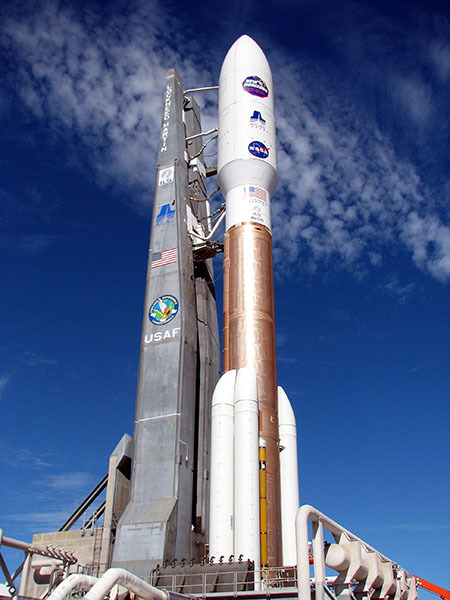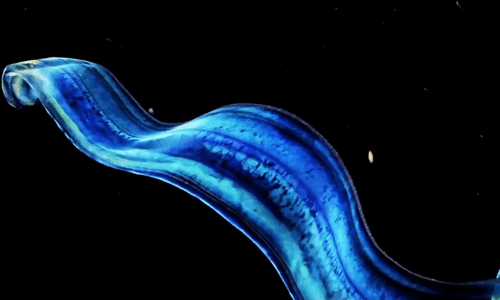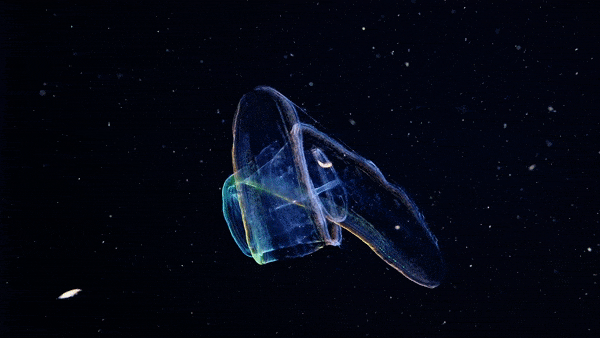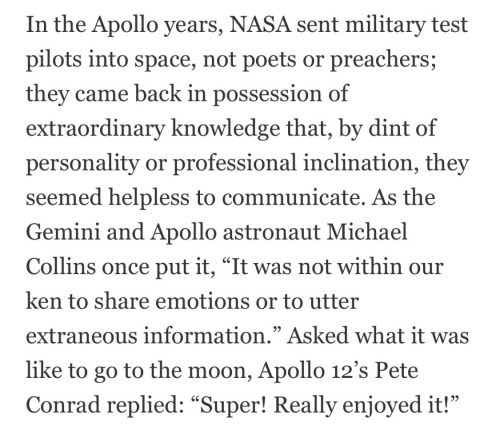Saturn Has A Mysterious Hexagon At Its North Pole That Has Refused To Give Up Its Secrets, Probably Because


Saturn has a mysterious hexagon at its north pole that has refused to give up its secrets, probably because neither Voyager 1 nor Cassini was able to plunge that deep and survive. Harvard scientists Rakesh Yadav and Jeremy Bloxham might have finally started to figure out what causes this peculiar feature. They believe that vortexes occur at the planet’s north pole because of atmospheric flows deep within the gas giant, and that these vortexes pinch an intense horizontal jet near the equator—which is what warps the storm into a hexagon. It still looks unnatural though.....!!!
More Posts from Ad-astra-affecte-spe and Others

L1527 IRS - Protostar
Stars form when bodies of dust and gas create enough mass to create a gravitational effect that's able to then pull in more gas, the process continues and the mass increases until the pressure at the centre is sufficient for fusion to begin.
There's many examples of protostars, in fact back in 2012, NASA’s Spitzer Space Telescope focused in on L1527 IRS, believed at the time to be the youngest forming star ever found.

Recently, the JWST re-visited this protostar, and the title image was the result.
The forming star cannot be visually spotted, but is thought to be around 20-40% the mass of our own Sun already.

If you look closely, you can see there's a dark patch in the centre, this is actually the accretion disk around the newly formed star, what is left over after the formation, may go on to form the planets, in fact, they may be actually starting to be created already, as recent evidence does point to planets being born around the same time as the star does in many cases.
The protostar is only 450 light years from Earth in the Constellation of Taurus, and is thought to be around 100,000 years old, a blink of an eye in the life of a star, particularly of this mass.







New Horizons – Scientist of the Day
The New Horizons spacecraft, bound for Pluto, blasted off its launch pad aboard an Atlas V rocket on Jan. 19, 2006.
read more...
the new composite james webb image is so beautiful ive been staring at it for 10 minutes straight

featuring jupiters rings, europa (along with a bunch of other moons), the northern and southern auroras, and the great red spot









The Venus girdle (Cestum veneris) is a comb jelly in the family Cestidae. The colorless species are transparent when suspended in water, except for their iridescent rows of comb plates. In other words, they majestic as fuck. Love to sea it 🌊

Ring of Fire October 2023 l Bray Falls


Laika: 1954-1957
Opportunity Rover: 2004-2019



M78, Within Orion
-
 kaondecay reblogged this · 6 months ago
kaondecay reblogged this · 6 months ago -
 icebergeddie liked this · 6 months ago
icebergeddie liked this · 6 months ago -
 kaondecay liked this · 6 months ago
kaondecay liked this · 6 months ago -
 wakingfromthewater reblogged this · 6 months ago
wakingfromthewater reblogged this · 6 months ago -
 wheeljak liked this · 7 months ago
wheeljak liked this · 7 months ago -
 pinkantagonist liked this · 7 months ago
pinkantagonist liked this · 7 months ago -
 lavalerebloguea reblogged this · 7 months ago
lavalerebloguea reblogged this · 7 months ago -
 napalmdreaming liked this · 1 year ago
napalmdreaming liked this · 1 year ago -
 etceterodactyl reblogged this · 1 year ago
etceterodactyl reblogged this · 1 year ago -
 sidhelives liked this · 1 year ago
sidhelives liked this · 1 year ago -
 marcusdfalco liked this · 1 year ago
marcusdfalco liked this · 1 year ago -
 ocaestheticfuel reblogged this · 1 year ago
ocaestheticfuel reblogged this · 1 year ago -
 limewatt reblogged this · 1 year ago
limewatt reblogged this · 1 year ago -
 hycaro-drace reblogged this · 1 year ago
hycaro-drace reblogged this · 1 year ago -
 vryptid reblogged this · 1 year ago
vryptid reblogged this · 1 year ago -
 datafii reblogged this · 1 year ago
datafii reblogged this · 1 year ago -
 spiicemilf liked this · 1 year ago
spiicemilf liked this · 1 year ago -
 cl0udstrife reblogged this · 1 year ago
cl0udstrife reblogged this · 1 year ago -
 fellhellion reblogged this · 1 year ago
fellhellion reblogged this · 1 year ago -
 prettyfatigue liked this · 1 year ago
prettyfatigue liked this · 1 year ago -
 chelseahotel3 liked this · 1 year ago
chelseahotel3 liked this · 1 year ago -
 havenwitchworks reblogged this · 1 year ago
havenwitchworks reblogged this · 1 year ago -
 havenwitchworks liked this · 1 year ago
havenwitchworks liked this · 1 year ago -
 mrowsters reblogged this · 1 year ago
mrowsters reblogged this · 1 year ago -
 totallyknowwhatimtalkingabout liked this · 1 year ago
totallyknowwhatimtalkingabout liked this · 1 year ago -
 hoarding-melons reblogged this · 1 year ago
hoarding-melons reblogged this · 1 year ago -
 tigerjpg liked this · 1 year ago
tigerjpg liked this · 1 year ago -
 boudicca liked this · 1 year ago
boudicca liked this · 1 year ago -
 mindshelter reblogged this · 1 year ago
mindshelter reblogged this · 1 year ago -
 leukaraii liked this · 1 year ago
leukaraii liked this · 1 year ago -
 fukkafyla3 reblogged this · 1 year ago
fukkafyla3 reblogged this · 1 year ago -
 erarousfire liked this · 1 year ago
erarousfire liked this · 1 year ago -
 erarousfire reblogged this · 1 year ago
erarousfire reblogged this · 1 year ago -
 150699 liked this · 1 year ago
150699 liked this · 1 year ago -
 jorael reblogged this · 1 year ago
jorael reblogged this · 1 year ago -
 scarlettlillies reblogged this · 1 year ago
scarlettlillies reblogged this · 1 year ago -
 zoebelle9 liked this · 1 year ago
zoebelle9 liked this · 1 year ago -
 starfally liked this · 1 year ago
starfally liked this · 1 year ago -
 scarlettlillies liked this · 1 year ago
scarlettlillies liked this · 1 year ago -
 bad-bad-project liked this · 1 year ago
bad-bad-project liked this · 1 year ago -
 rukkilill reblogged this · 1 year ago
rukkilill reblogged this · 1 year ago -
 allygrace1 liked this · 1 year ago
allygrace1 liked this · 1 year ago -
 jmujaneway liked this · 1 year ago
jmujaneway liked this · 1 year ago -
 rosesbloomformaeve liked this · 1 year ago
rosesbloomformaeve liked this · 1 year ago -
 afigurelikeadoll reblogged this · 1 year ago
afigurelikeadoll reblogged this · 1 year ago

★•Astronomy, Physics, and Aerospace•★ Original and Reblogged Content curated by a NASA Solar System Ambassador
204 posts


